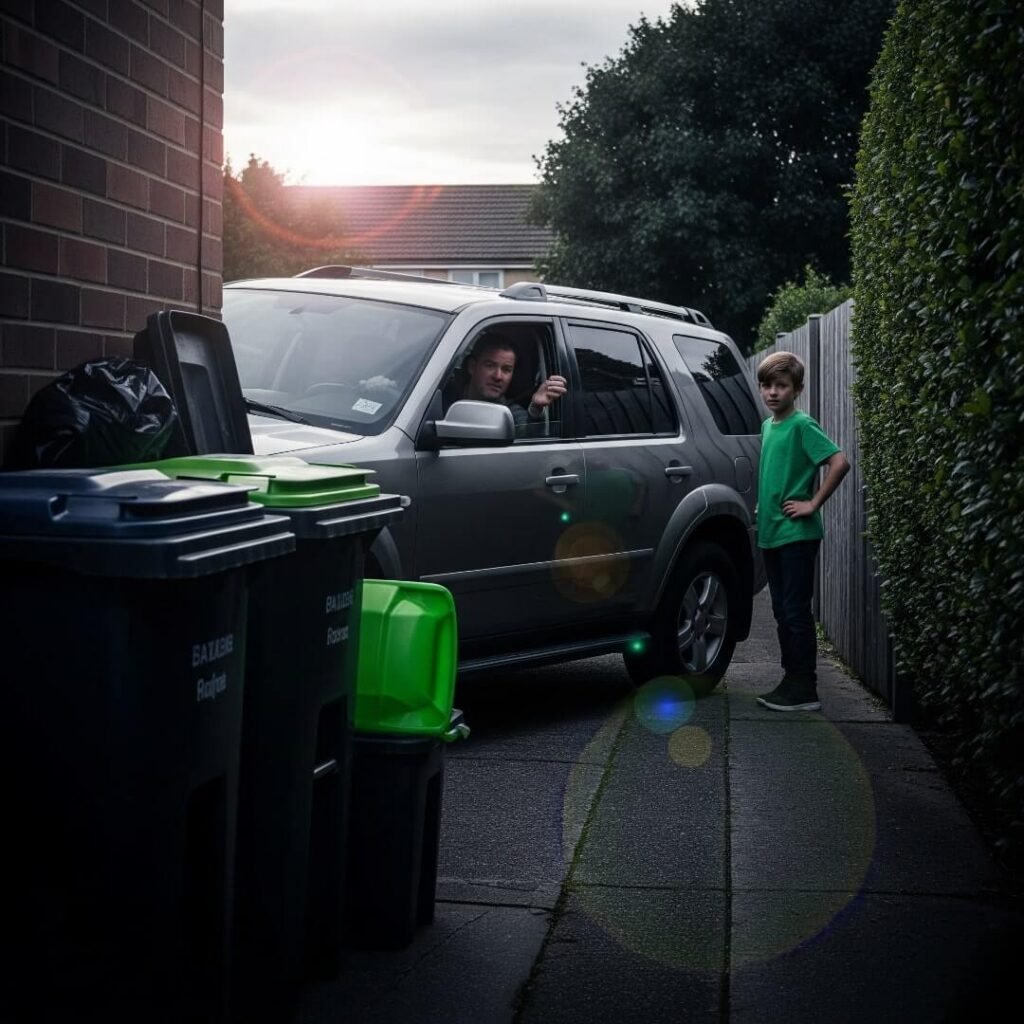Okay, so SUV vs crossover—what’s the actual difference? I’m out here in my Columbus, Ohio, driveway, coffee mug in hand, staring at my neighbor’s beefy SUV next to my brother’s crossover, and I’m like, aren’t they the same thing? Big cars for hauling kids and groceries, right? But last weekend, I totally embarrassed myself at a car lot, throwing around terms like “towing capacity” while my shoes were caked with mud from a camping trip I’d rather forget. I’m no car expert—just a dude trying not to look like an idiot picking a new ride.
Here’s what I figured out: SUVs are built like trucks, with body-on-frame construction, meant for off-roading and heavy-duty stuff. Crossovers are basically fancy cars, unibody style, better for city driving and not killing your gas budget. I learned this after a test-drive fiasco that had me wanting to crawl into a hole. Let’s break it down, ‘cause I’m still kinda lost.
H2: SUVs Make Me Wanna Be a Rugged Dude
H3: Why SUVs Feel Like My Adventure Fantasy
I’ve got this dumb dream of being, like, a rugged outdoors guy. You know, tossing a tent in an SUV and hitting the trails like I’m in a movie. Last summer, I borrowed my friend’s Jeep Wrangler—an SUV through and through—for a trip to Hocking Hills. It powered over rocks like it was no big deal, and I felt like a badass… until I got it stuck in a muddy ditch. Yeah, me, the “adventurer,” had to call a tow truck while my buddies laughed their asses off. So humbling.
SUVs are tough, built with that body-on-frame setup, great for off-roading or towing boats. Car and Driver says SUVs like the Wrangler or Toyota 4Runner are beasts but suck gas like nobody’s business. I found that out when I filled up and my wallet cried for mercy.
- Why SUVs are dope: They feel like you could drive through a zombie apocolypse.
- Why they’re a pain: Parking in my tiny driveway is like wrestling a bear.
- Tip: Don’t get one unless you’re legit hitting trails or towing stuff.

H2: Crossovers Are My Lame-but-Practical Truth
H3: How Crossovers Fit My Boring Suburban Life
Real talk: I’m not a rugged dude. I’m the guy who forgets his reusable bags at Kroger and parallel parks like I’m drunk. My brother’s Honda CR-V (textbook crossover) saved my butt when my car was in the shop last month. Driving it through downtown Columbus was stupid easy—smooth handling, decent gas mileage, and a backup camera that kept me from smashing a mailbox. But, ugh, it felt so… sensible. Like I was driving my mom’s minivan or something.
Crossovers use unibody construction, so they’re lighter and easier on gas. Edmunds says stuff like the CR-V or Mazda CX-5 is great for families who want space without gas station meltdowns. I kinda liked it, but it didn’t exactly scream “cool.”
- Why crossovers vibe: Easy to drive, saves gas, fits my lame routine.
- Why I’m meh: They’re not winning any adventure awards.
- Tip: Try one in city traffic to feel how chill they are.

H2: SUV vs Crossover: My Cringe Test-Drive Story
H3: How I Made a Fool of Myself Over SUV vs Crossover
So, last Saturday, I dragged myself to a dealership to sort this SUV vs crossover mess. Picture me, in a coffee-stained hoodie, trying to sound smart about “axle ratios” while the salesperson probably wanted to roll their eyes. I test-drove a Toyota RAV4 (crossover) and a Ford Bronco (SUV). The RAV4 was smooth, like driving a big car, perfect for my Target runs. The Bronco? It felt like a tank, and I almost backed into a pole ‘cause I misjudged its size. The salesperson had to grab the wheel. I wanted to die.
Here’s the deal: SUVs are for people who actually off-road or tow stuff. Crossovers are for dummies like me who just need space and decent mileage. Kelley Blue Book has a solid comparison chart—check it if you’re as clueless as I was.
- SUVs win for: Off-roading, towing, feeling like a boss.
- Crossovers win for: City driving, saving cash, not crashing into things.
- My dumb moment: Pretending I knew what “torque” meant in front of the salesperson.

H2: My Final SUV vs Crossover Take (I’m Still a Mess)
H3: What I’m Picking and Why I’ll Probably Screw It Up
So, Team SUV or Team Crossover? I’m still a wreck over it. SUVs make me feel like I could be this cool, rugged guy, but my life is more “dropping coffee on my laptop while late for a Zoom.” Crossovers are practical, and I hate that I need practical. I’ll probably lease a crossover and secretly wish it was an SUV while stuck in traffic. Typical.
If you’re torn on SUV vs crossover, think about your real life. Kids and commutes? Go crossover. Got a boat or a cabin in the woods? SUV’s your thing. Don’t be like me, Googling “what’s a unibody” in the dealership bathroom. Test-drive both and be real with yourself.
Wrapping Up This SUV vs Crossover Disaster
I’m just a dude in Ohio who’s bad at parking and worse at decisions. This SUV vs crossover thing comes down to lifestyle, and I spilled my coffee (and my pride) figuring it out. Hope my dumb stories help you pick a ride. Got thoughts? Hit me up on X or leave a comment—I’m curious what you’re feeling! Also, MotorTrend has more car nerd stuff if you’re into it.















































